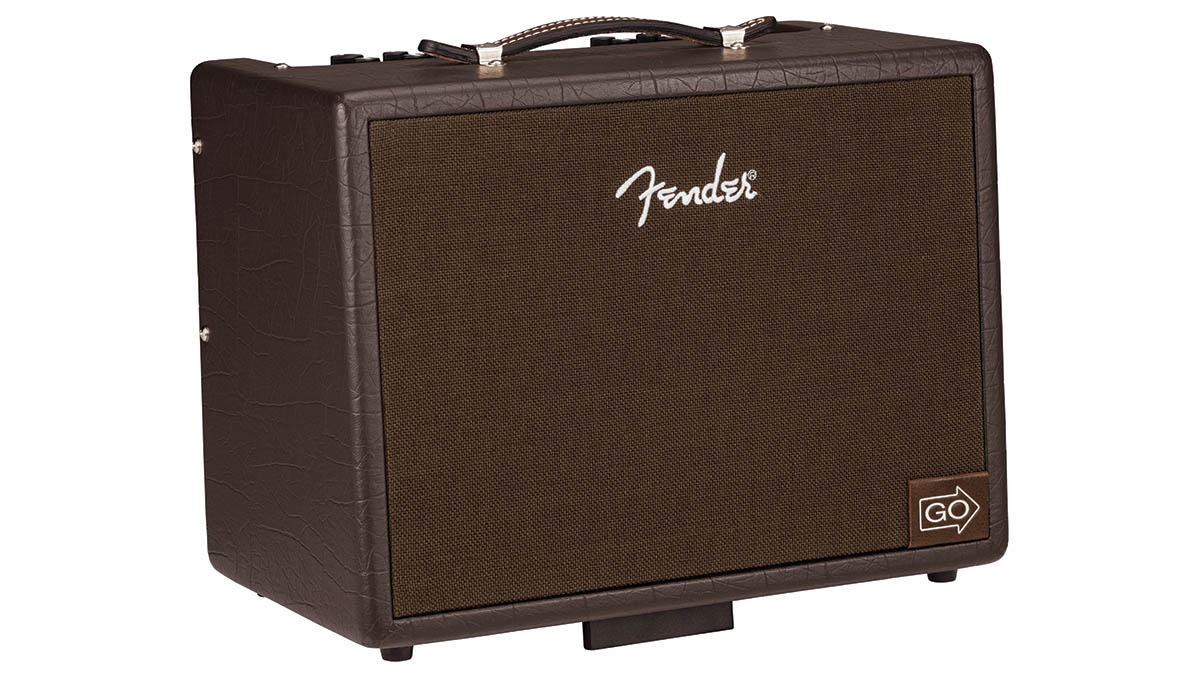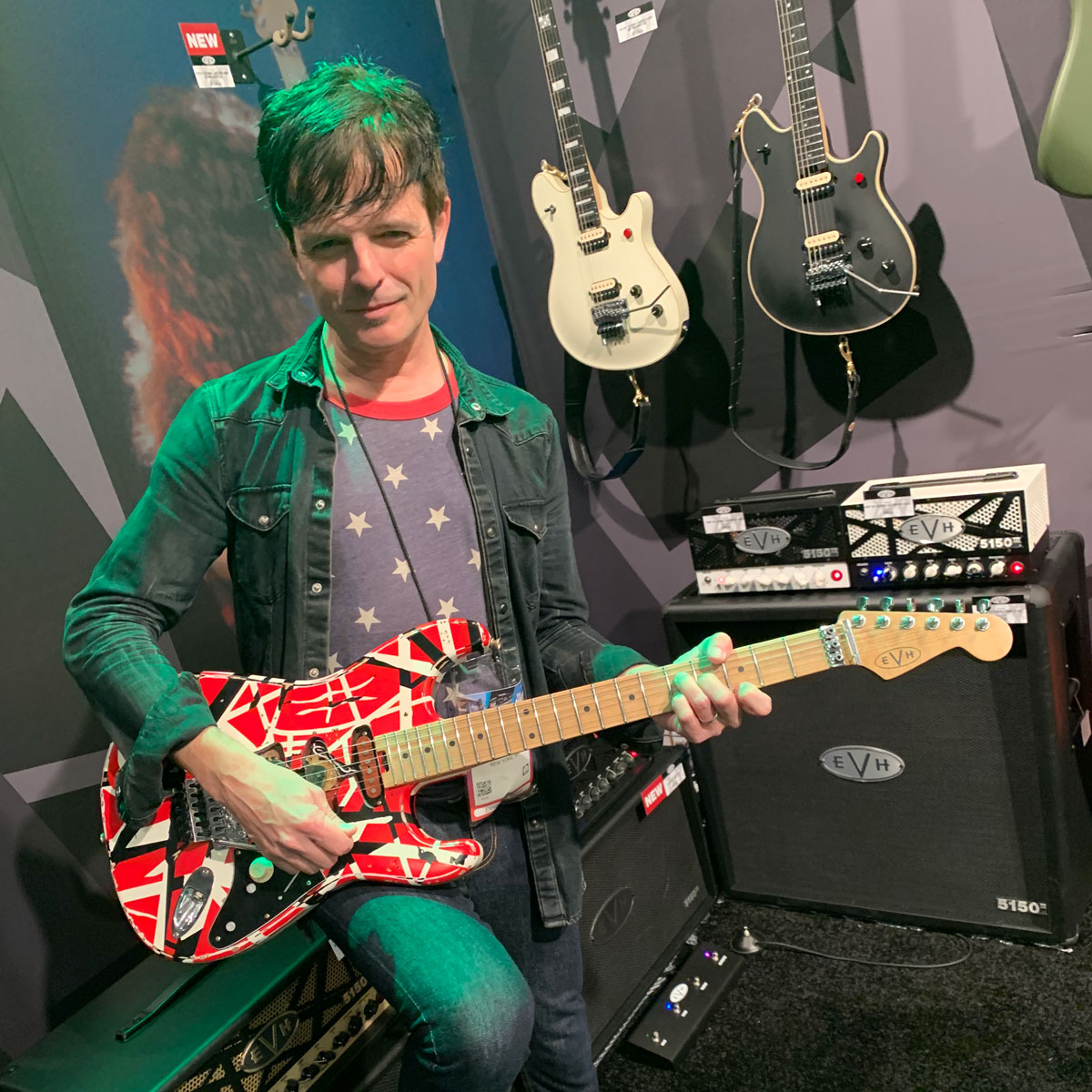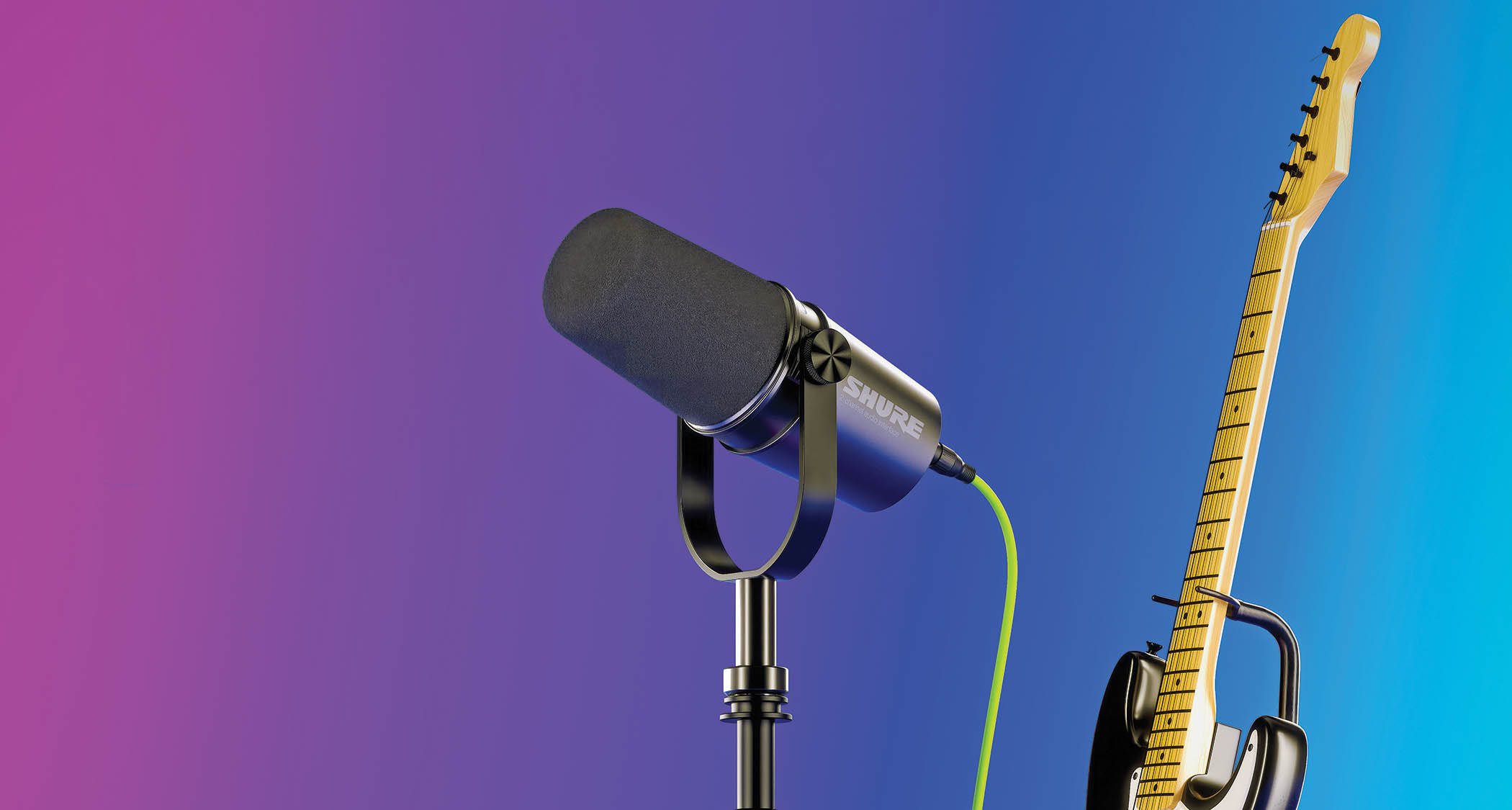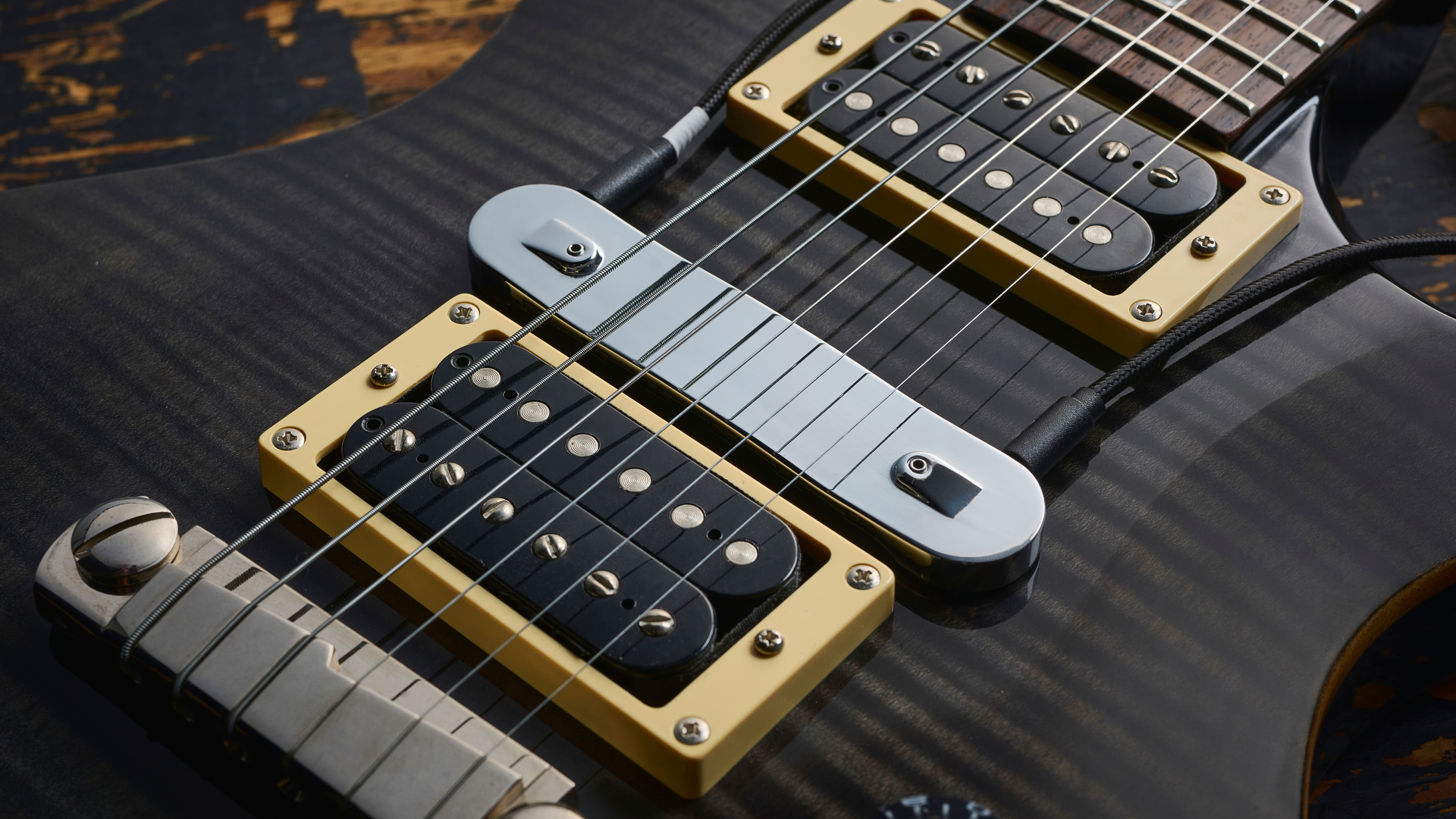Guitar World Verdict
Compact, lightweight, and a powerhouse option for acoustic guitar players on the move.
Pros
- +
Rechargeable battery offers five hours-plus of playing time.
- +
3-band EQ and effects on both channels.
- +
Ridiculously lightweight.
- +
90-second looper.
Cons
- -
You'll need the footswitch to make full use of the looper.
- -
A little underpowered for larger stages, but that's to be expected.
You can trust Guitar World
While I can't say for sure, I have to imagine acoustic amps must be a hard sell to musicians. Why?
For one, the reason you play an acoustic guitar is not to be tied to an amplifier, and secondly, if you eventually do end up using your acoustic live, a D.I. box or an acoustic preamp stompbox will suffice in amplifying your signal through a PA system, which makes bringing an acoustic amp unnecessary.
But I’m not one to count out acoustic amps entirely because I’ll be the first to tell you that A) I use one, and B) I guarantee you, Fender’s Acoustic Junior Go will make you rethink the idea that you don’t need one.
So what makes the Acoustic Junior Go a great companion for your acoustic? Well, it’s compact and powerful at 100 watts of output power with a rechargeable battery that hangs in there for more than five hours of playing time at full volume.
It also works splendidly as a portable two-channel PA with combo XLR/TRS inputs that are interchangeable between instrument and microphone use, which is essential for buskers and musicians who frequently perform in coffeehouses and smaller venues. The AJG also has identical volume, FX level, FX select (for the eight studio-quality effects), 3-band EQ and phase switch controls on both channels.
Other features found on the AJG that you won’t normally find on other acoustic amps include Bluetooth operation for wireless audio streaming and backing tracks, USB jack for audio recording, two XLR line outputs for stage or recording, a much-needed kickstand to tilt the amp, and the very cool bonus of an onboard 90-second looper.
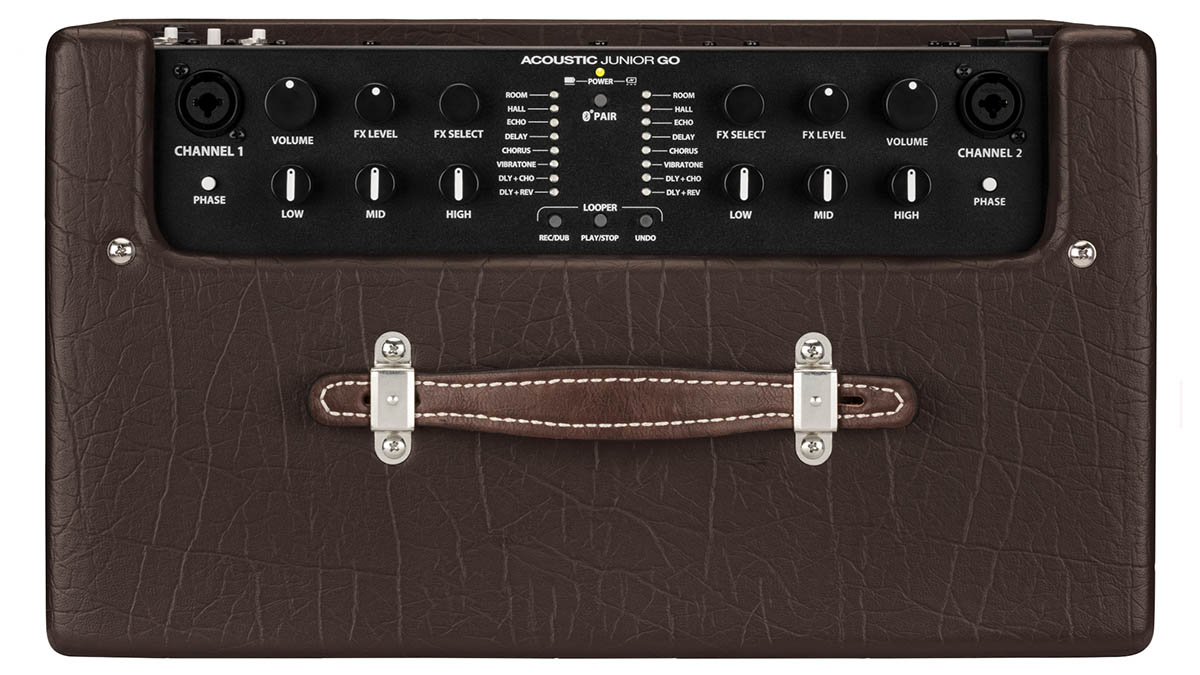
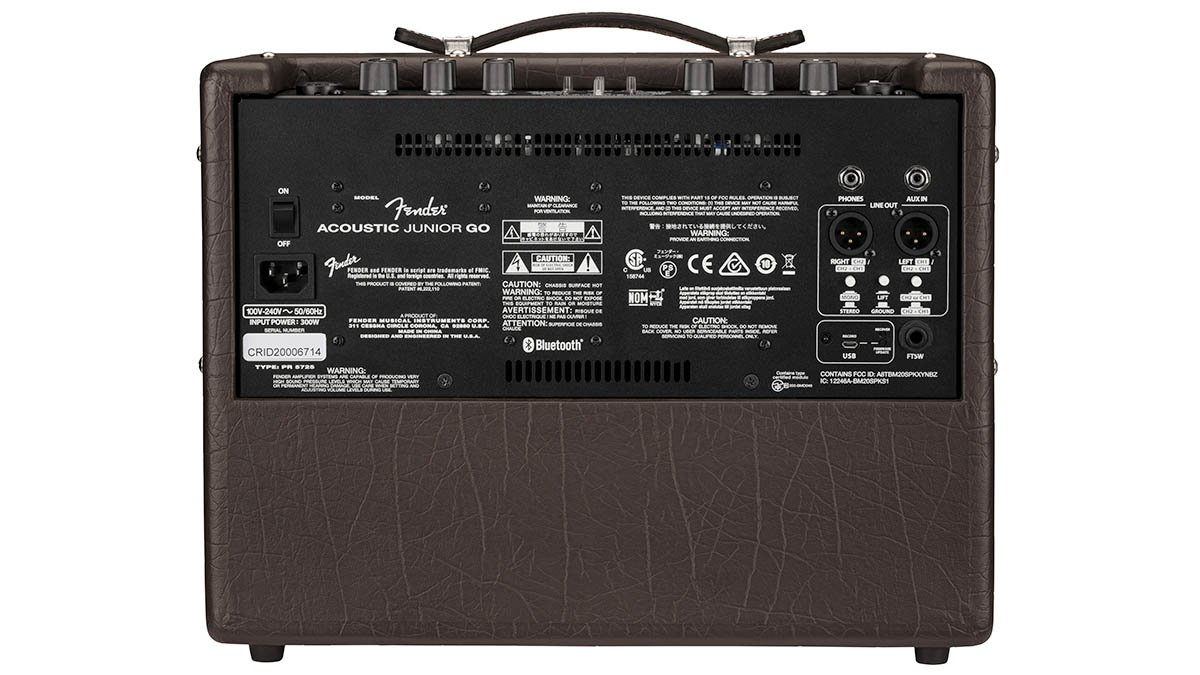
At 17 lbs., the AJG is ridiculously lightweight, truly making it an “on the go” amplifier, but even more impressive is the combined 8-inch low-frequency driver and hi-fi tweeter to deftly capture the sound of your acoustic and vocals in such a detailed “surround-sound” quality that I can only best describe it as head-turning – especially coming from such a small amp.
While the AJG provides ample volume, it may not be enough for bigger stages, but its dual outputs allow you to wire it to a more powerful PA to translate your settings.
The onboard effects sound exceptional and come in handy for turning dry performances into ambient ones. The built-in looper is wildly fun, useful and indispensable once you make it part of your repertoire, but the only bummer is you’ll definitely need to spring for the optional four-button footswitch to maximize that looping potential.
Specs
- PRICE: $499 / £489
- TYPE: Acoustic guitar amp combo
- CHANNELS: 2
- POWER: 100 watts
- SPEAKER: 1x 8" Cloth-Surround Low-Frequency Driver, hi-fi compression tweeter
- CABINET: Plywood
- FEATURES: 90 second looper, reverb, delay, Vibratone, chorus, 3-band EQ per channel, rechargeable battery, Bluetooth, USB, 2x balanced XLR
- WEIGHT: 17 lbs
- CONTACT: Fender
Paul Riario has been the tech/gear editor and online video presence for Guitar World for over 25 years. Paul is one of the few gear editors who has actually played and owned nearly all the original gear that most guitarists wax poetically about, and has survived this long by knowing every useless musical tidbit of classic rock, new wave, hair metal, grunge, and alternative genres. When Paul is not riding his road bike at any given moment, he remains a working musician, playing in two bands called SuperTrans Am and Radio Nashville.
